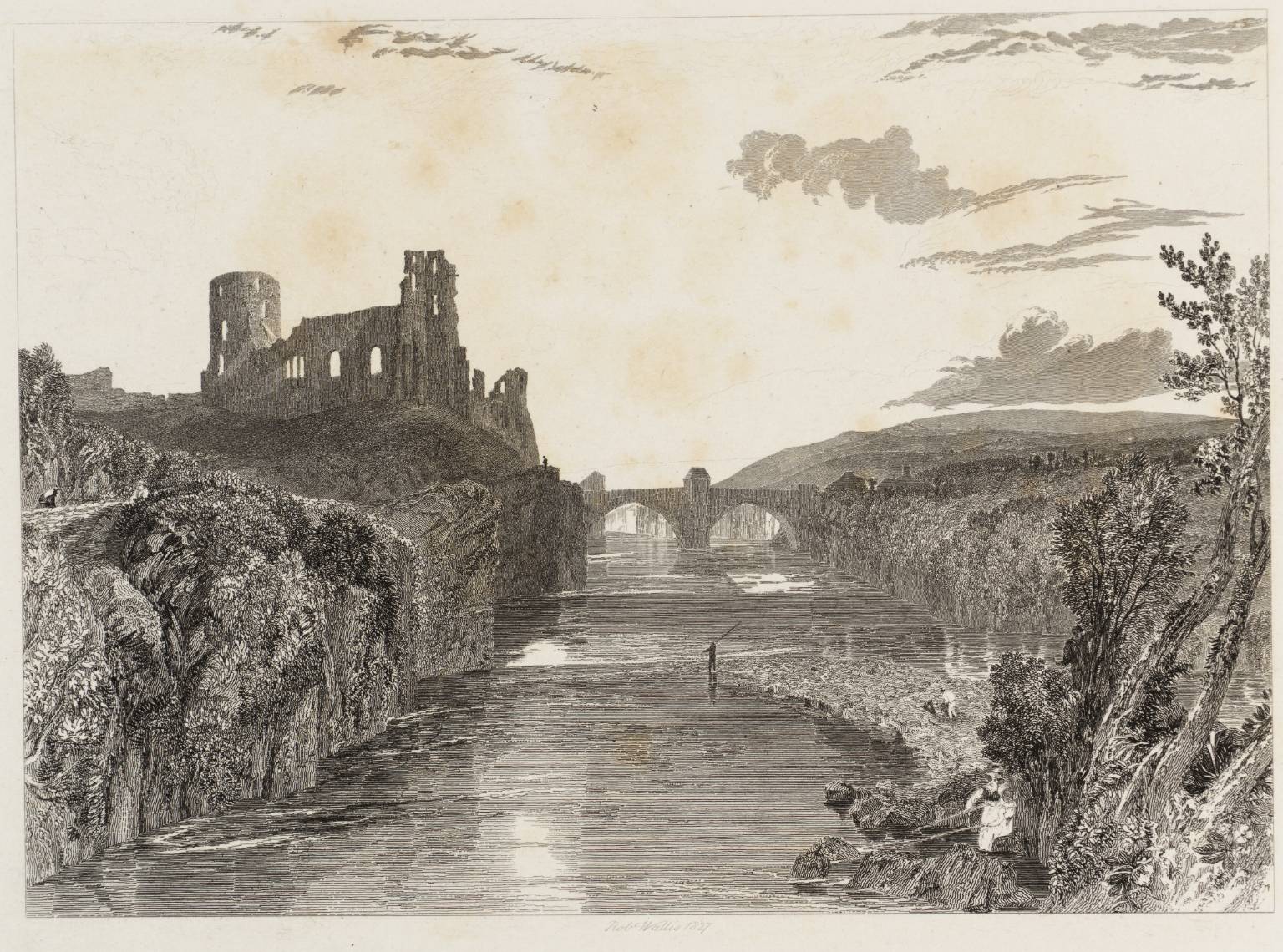The Georgian North

Research Strands thumbnail: After J.M.W. Turner, Barnard Castle, Durham, 1827, © Tate. CC-BY-NC-ND 3.0 (Unported). www.tate.org.
The Georgian North (1714-1830) is led by Professor Fiona Robertson (English Studies). Its purpose is to give impetus and direction to new work investigating the intellectual and cultural life of County Durham and surrounding areas in the eighteenth and early nineteenth centuries. The project brings together different areas of intellectual and artistic endeavour and places special emphasis on the networks in which ideas took shape.
The first year of the project involved five roundtable discussions, led by Fiona Robertson, on key interconnected areas of investigation, relevant across disciplines and across Faculties. These were:
- Collections (books, artefacts, antiquarianism)
- Composition and Performance (literature, music, visual and theatrical arts)
- Enquiry (science, philosophy, social sciences)
- Environs (built and cultivated environments, innovation and ‘improvement’
- Interventions (political, theological, social, economic, international)
The second year has so far involved five roundtable discussions of the astronomer, architect, and landscape designer Thomas Wright (1711-86), his circles and connections. Wright’s many interests have brought together members of our group with expertise in science and the history of science, architectural history, social history, and literature. There have also been sessions devoted to ‘Durham City Cultures’ (focusing on Durham as its own place within the Georgian North, considering the coexistent communities of Cathedral, law, theatre, and music) and ‘Environment and Conservation’ (including ‘natural’ and built environments, land management and stewardship, and the significance of work - such as William Hutchinson’s History and Antiquities of the County Palatine of Durham - preserving histories and traditions of place).
There was a meeting of the Durham-based Georgian North group before the symposium ‘The English Georgian North, 1714-1830: Rethinking Cultures and Connections’.


/prod01/prodbucket01/media/durham-university/research-/research-institutes/institute-of-medieval-and-early-modern-studies/23358-1.jpg)